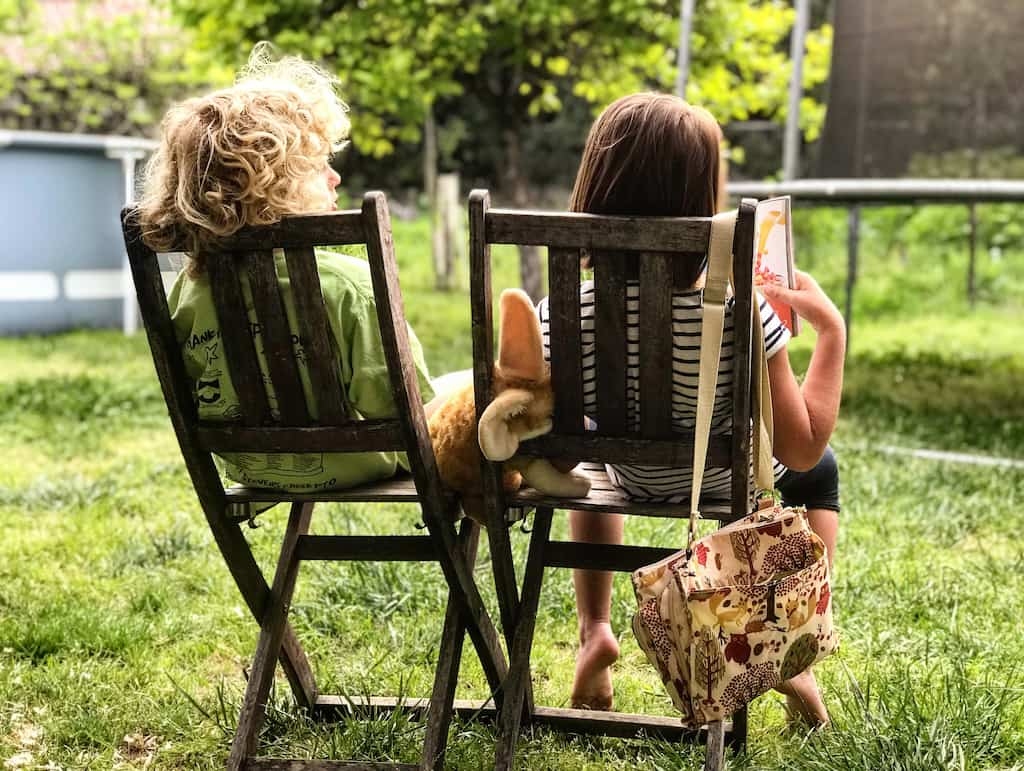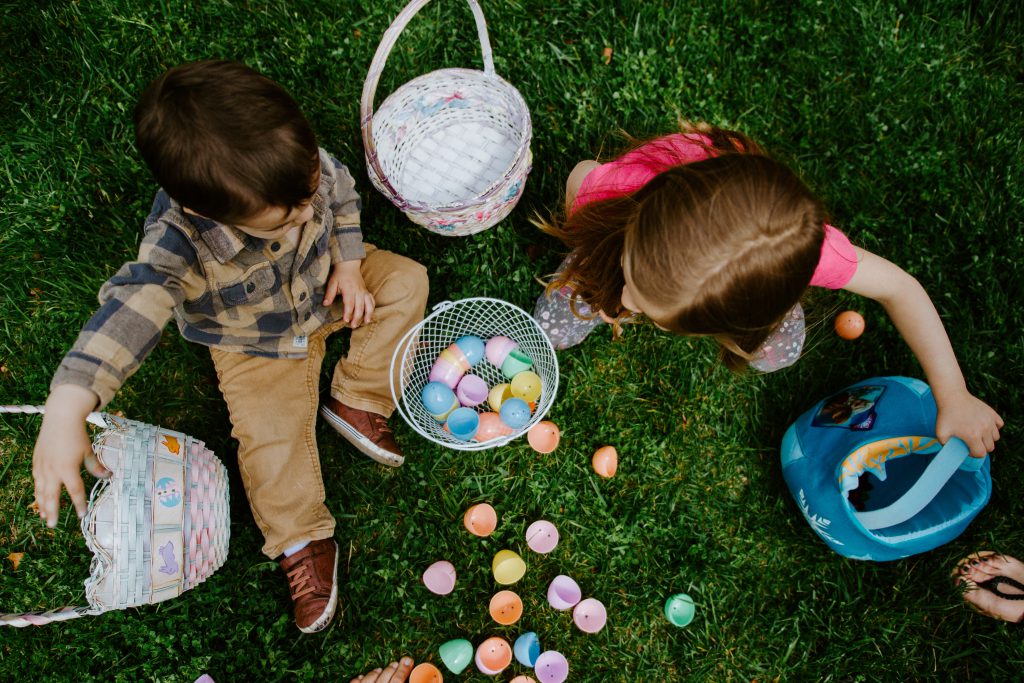What Is My Child Telling Me?

Content
- Look for clues.
- Remember, there can be an emotion behind every behavior.
- Ask questions.
- Listen to your child’s emotions.
- Name the emotion.
- Describe the emotions of others.
- Express your own feelings.
- Emphasize that we all experience and can address our emotions.
- Practice mindfulness exercises.
- Games are your biggest saviors.
Children, just like adults, experience complex emotions from an early stage. They get disappointed, excited, nervous, scared, anxious, angry, jealous, and embarrassed from time to time. While some emotions are experienced more intensely now and then, from a developmental perspective, emotions become more complex, especially as age progresses. Though young children can feel these intense emotions and experience them in their bodies, they often don’t have the vocabulary to talk about how they feel. Instead, they convey their emotions in other ways. For example, gestures and physical expressions, behaviors, and games sometimes become the most beautiful vectors through which children can express themselves.
From the moment children are born, they begin to learn the emotional skills they need to identify, express, and regulate their emotions. They acquire the know-how through their social interactions and their relationships with significant people in their lives, such as their parents, grandparents, and caregivers. Children who learn healthy ways of expressing and regulating their emotions can show more empathy, be more supportive toward others, and have better academic performance. Further, they can demonstrate stronger emotional resilience in the face of a problem, utilizing more creative and flexible problem-solving skills while also establishing positive and stable relationships. Beyond all this, it has been observed that children whose emotions are seen and mirrored by their caregivers feel more comfortable recognizing and expressing their own emotions, helping them to form a more competent and confident sense of self. A lack of emotional expression from an early age can impact the general health of children, causing various diseases as they begin to express what they cannot verbalize through somatization or a physical manifestation of suppressed emotions.

Caregivers play an important role in helping their children understand their emotions and behavior. So, what can you do to support your child, managing their emotions in positive and constructive ways in order to develop their emotional skills?
Look for clues.
Emotions can sometimes be difficult to describe. Try to understand your child’s emotions by looking at their body language, listening to their words, and observing their behavior. Understanding how they feel and their motives means you can help them describe, express, and manage those feelings better.
Remember, there can be an emotion behind every behavior.
Try to see the meaning and emotion behind your child’s behavior. Once you figure out what triggers the behavior, you can guide your child in discovering other ways to express that emotion.
Ask questions.
Although it is very rewarding to get to know and observe our children, it is also very valuable to remind ourselves that we might be mistaken from time to time and to remember that our children are unique individuals who are different than us in their own ways. So, even if you’re confident that you know what they’re going through, make sure to ask your child how they feel. Sometimes children may not have an answer right away, yet our questions provide an important starting point for them to start exploring and analyzing. By doing so, children also learn that they can experience and talk about certain emotions following or prior to their behavior.
Listen to your child’s emotions.
Be prepared to listen to your child at their own pace, setting your own agenda and concerns aside. Stay in the present moment and resist the urge as a parent to suppress or dismiss feelings that are uncomfortable for your child. Support your child in identifying and expressing their feelings so that they can be heard. When emotions are dismissed or undervalued, they can often be expressed through unhealthy behaviors.

Name the emotion.
Help your child name their feelings by providing them with a label. Naming emotions is the first step in helping children recognize how they’re feeling, enabling the child to develop an emotional vocabulary with which to discuss their experience. You can create an emotion chart for young children, asking them to select from this chart using a variety of expressions and colors. You can link emotions with behaviors in these tables, and use pictures as clues to guide them in understanding what they feel in their bodies.
Describe the emotions of others.
You can ask your child to think about what someone else or their friend might be feeling. Cartoons or picture books are great ways to talk about emotions and they help children learn how to understand other people’s emotions through facial expressions.

Express your own feelings.
Children learn how to express their emotions in appropriate ways by watching others. Show your child how you feel about various situations and how you deal with these emotions. Children closely monitor how challenging emotions are experienced, handled, and resolved between caregivers and these dialogues can significantly affect children’s communication skills.
Emphasize that we all experience and can address our emotions.
Pay attention so that you can encourage your child to talk about their feelings. It is extremely crucial for children to hear that what they are feeling is valid. Remember that even though you, as adults, have encountered many emotions, something children encounter for the first time can be frightening and disturbing for them. In such situations, they may feel the strong need to hear you say that what they’re feeling is okay. For example, it would be important after a new sibling joins the family to emphasize that your child may get jealous of their sibling, worry that they’ll get less attention, fear being alone, and have various other concerns.
Practice mindfulness exercises.
It may not be possible to identify your child’s feelings at all times or maybe there’s an emotional response you fail to notice in the moment. That’s why you can use particular exercises to approach and understand your child. While supporting your child’s discovery of what’s happening in their body and mind through mindfulness and awareness activities, you also have the opportunity to accompany your child as a caregiver and reflect on the experience. Moreover, these exercises help us to process some emotions that could not be processed at the time they were experienced and to develop problem-solving skills.

Games are your biggest saviors.
Where there is no language, there is play for children; thus play is the child’s language! Therefore, “free play” times that you spend with your children are important moments during which you are in touch with your child. While children reflect their own emotional worlds through the characters and stories they have created in the safe space within the game, they also come up with a solution to those problems they could not resolve in the flow of life by reenacting them. In other words, the game offers them a space to express their feelings, recognize them, and develop their communication skills. It is vital to facilitate this space together with your child, to imagine that their games, stories, and the characters they choose have meaning, and to provide this space for your child without any intervention.
Translated by: Ebru Peközer




